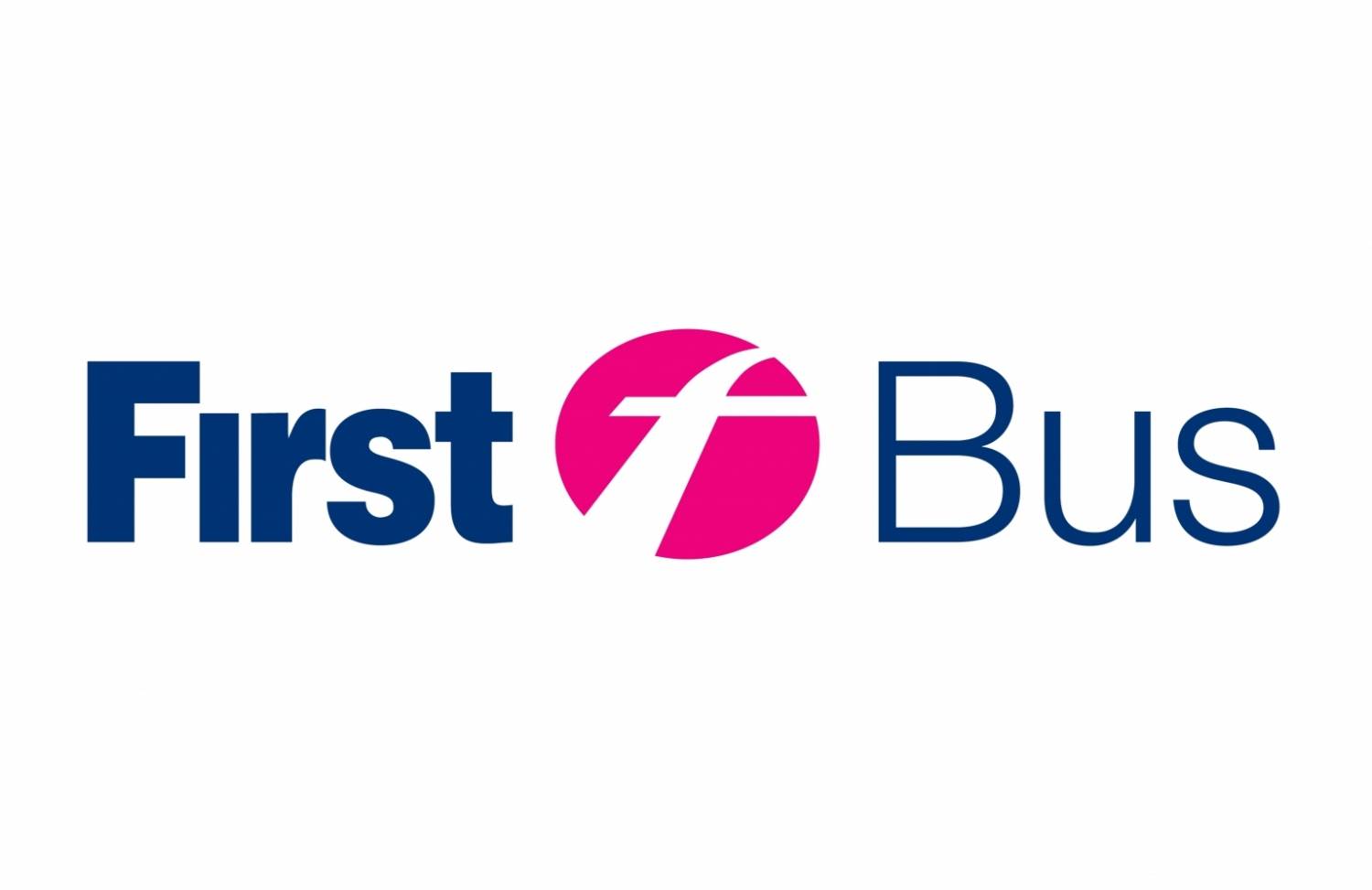Information
-
Audit Title
-
Client / Site
-
Conducted on
-
Prepared by
-
Location
-
Personnel
1.0 - Previous inspection
-
1.1 - Has the last inspection been reviewed?
-
1.2 - Are there no outstanding actions?
General Site Checklist
-
1.1 Is the site clean and tidy of litter?
-
1.2 Is a housekeeping checklist in place and being used?
-
1.3 Were the external areas clear from signs of oil or chemical spills/ leaks?
-
1.4 Is waste segregated into separate skips?
-
1.5 No hazardous waste in general or scrap metal skips?
-
1.6 Are drains clean and without visible blockages?
-
1.7 Is the vehicle wash area clean and tidy?
-
1.8 Are all oils/ diesel/ antifreeze stored externally in containers that are bunded?
-
1.9 Are external bunds clean, clear of litter and rainwater?
-
1.10 Are environmental Action Point signs, with instructions, in place at the above?
-
1.11 Are the areas around fill points for external tanks clean and without spills?
-
1.12 Are there any contractors working on site?
-
1.13 If the answer to 1.12 above was yes, has the contractor been given a copy of the company rules, environmental policy and signed a contractor certificate? (As per safety procedure HSP1-19)
-
1.14 If the answer to 1.12 above was yes, is the contractor carrying out any work that could impact upon the environment and if yes has an assessment been carried out?
-
1.15 If the answer to 1.12 above was yes, is the contractor compiying with the company's rules?
-
1.16 Other than paint shops and workshop LEV there is no evidence of emissions that can pollute the atmosphere?
-
1.17 There is no evidence of substance leakage or potential leakage that could pollute any watercourse either directly or via the drains?
-
1.18 Other than points 1.3,1.8, 1.9 & 1.11 above there is no evidence of leakage and there are no substances that could pollute the ground?
Parts Department
-
2.1 Are drip trays in place for oils that are stored and issued internally?
-
2.2 Are spill kits in place and complete?
-
2.3 Are all oils that are stored externally in containers that are bunded?
-
2.4 There are no signs of spills/oil leaks in internal areas?
-
2.5 Are batteries stored with tops on all cells with at least one terminal protected by a plastic cover?
-
2.6 There is no evidence of battery acid leakage from battery storage?
-
2.7 Is there Environmental Action Point signage in place showing instructions for staff?
-
2.8 Is there a poster displayed showing information on hazardous classification and symbols used?
-
2.9 Is there any coolant/anti-freeze stored externally? If so is it bunded?
-
2.10 Are there drip trays where coolant/anti-freeze is dispensed?
-
2.11 Is there any evidence of wasteful energy usage? (Lights left on etc)
Service Department
-
3.1 Are spill kits and absorbent granules available in the workshop?
-
3.2 Are soiled granules placed in the hazardous waste skip?
-
3.3 There is no evidence of oil spills or leakages in the workshop?
-
3.4 Are drip trays in place under oil dispensing equipment?
-
3.5 Is the scrap battery box lid on and does the box just contain scrap batteries?
-
3.6 All scrap batteries are placed in the scrap battery box?
-
3.7 Are there sufficient oil/fuel filter banks in place? (I.e.not overflowing)
-
3.8 Is the area around the parts degreaser clean and tidy with no signs of oil or solvent leaks?
-
3.9 Are all items of scrap metal cleaned of oil and other hazardous waste (check skips)?
-
3.10 Are old major units ( engines, gears, axles etc) stored in an environmentally safe way ( if outside so that no oil can leak from them)
-
3.11 Are there separate wet bins in the workshop for hazardous and general waste and are they being used accordingly?
-
3.12 Are soiled rags treated as hazardous waste so that they are either recycled or placed in the hazardous waste skip?
-
3.13 Are service breakdown vans equipped with spill kits and/or absorbent granules?
-
3.14 Are service breakdown vans free from oil and chemical spills and leaks?
-
3.15 If diesel fuel is stored in service breakdown vans is it stored in such a way that it cannot leak during travelling?
-
3.16 There is no evidence of waste oil not being placed in the waste oil tank?
-
3.17 Is there an alarm or other device/procedure for alerting staff when the waste oil tank is almost full?
-
3.18 Is the area around the waste oil tank clean and free from oil spills?
-
3.19 Is the spent oil coolant/anti-freeze collected and stored in containers awaiting disposal as hazardous waste?
-
3.20 Are the service pits clean and free from oil spills and leaks?
-
3.21 Is the run off water from cleaning the workshop floor treated as hazardous waste?
-
3.22 Are cleaning agents used in the workshop (and vehicle wash) biodegradable?
-
3.23 There is no evidence of wasteful energy usage (Lights left on, equipment left switched on etc)
-
3.24 There is no evidence of wasteful water usage (taps left running, pipes, toilets or taps dripping)?
Offices/Admin Areas
-
4.1 is there paper recycling in place?
-
4.2 There is no evidence of paper being placed in the general waste skip?
-
4.3 Are used print cartridges being recycled?
-
4.4 If the answer to 4.3 was no, are they being treated as hazardous waste?
-
4.5 There is no evidence of wasteful energy usage (e.g lights left on)
-
4.6 There is no evidence of water wastage (Taps left on, dripping etc)
Roadside Assistance Working
-
5.1 Has training and instruction been given to the technicians attending vehicles at the side of the road?
-
5.2 Is the service van equipped with the spill kit and absorbent granules?
-
5.3 Is the service van equipped with cones and other means of cordoning off a work area?
-
5.4 Is the service van equipped with a container for collecting contaminated granules/oil spill for return to the depot for disposal?
-
5.5 Does the technician have mobile telecommunications equipment so the the emergency services can be contacted if necessary?
-
See also any audit to clause 4.2 of standard PAS 43:2002
Sign Off
-
On site representative
-
Auditor's signature












